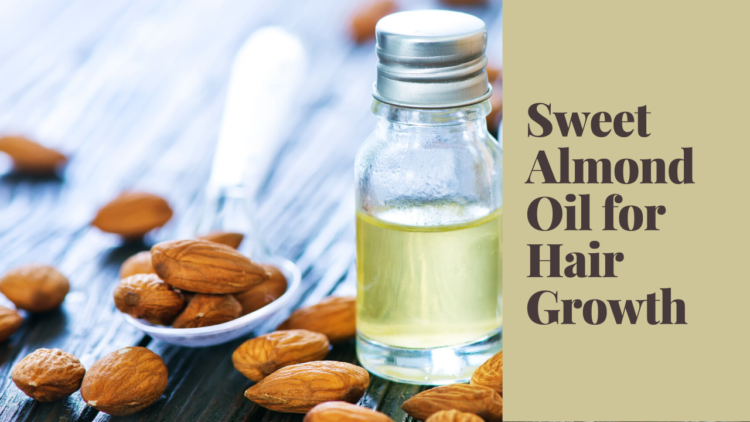Almond oil is one of the most popular skin and hair oils out there. It’s unique, neutral properties make it the perfect oil for people who don’t like thick, heavy, greasy oils that can be difficult to wash out. There are two main types of almond oils: sweet almond and bitter almond. Most skin and hair care treatments use sweet almond oil, since bitter almond oil can sometimes be poisonous and should only be used by professional therapists.
Why Choose Almond Oil for Hair?
First of all, almond oil doesn’t directly improve hair growth (only some essential oils promote hair growth). It does help to keep hair strong and healthy, which is essential to retaining length and making new hair growth more prominent. Now, as I’ve already mentioned, sweet almond oil is unique in a way that it is one of the most “neutral” oils out there:
- When used sparsely, almond oil won’t weigh your hair down or make it greasy.
- Most brands of sweet almond oil have a very weak smell that disappears quickly.
- It’s very easy to spread on scalp/hair.
- This oil can be used on both fine and coarse hair.
- Sweet almond oil can be applied to both dry and wet hair.
 As you can see, this oil is perfect for those of us who simply don’t have the time or know-how to use trickier oils such as castor, coconut or even jojoba. There are three things that you must remember about sweet almond oil:
As you can see, this oil is perfect for those of us who simply don’t have the time or know-how to use trickier oils such as castor, coconut or even jojoba. There are three things that you must remember about sweet almond oil:
- It is a sealant, not a moisturizer. This means that it can be used to seal-in moisture and is great for people with dry hair (only when combined with a moisturizer, though).
- Sweet almond oil doesn’t condition/strengthen hair – use coconut oil for this.
- It will make your hair shiny, soft and easier to detangle.
Almond oil doesn’t have any of the side-effects that can arise when using more complex oils (such as castor, coconut, etc) and is a superb “starting” oil for people new to using hair oils in general.
How to Use Almond Oil
There are many ways that you can use almond oil on hair. I normally apply some oil to my lengths while they’re air drying, but there are many other ways to go about it. I’ll list some of the possible application methods below.
As a leave in: Since sweet almond oil is a carrier oil (which means that it spreads easily and can “carry” other oils), it can be used as a leave in treatment when mixed with your favorite essential oil. Simply apply almond oil to your hair and scalp and leave it in for as long as you like, then wash it out!
Depending on whether you like to sleep with oily hair or not, you can either apply it an hour or so before washing your hair or leave it in overnight and wash everything out the next day. Almond oil is relatively easy to wash out since it’s not as thick as castor or coconut oils.
After shampooing: Almond oil is known to have strong sealing properties, which means that it is very effective for sealing in moisture after you wash your hair. Simply apply some sweet almond oil to wet/damp hair after washing and let it air dry. Since hair can never have too much moisture, this technique should not cause any problems and will leave your hair feeling soft and shiny for days!
Now, remember that while almond oil is relatively simple to use, it can still cause numerous undesirable effects on your hair! The key is to experiment slowly to find out exactly how much oil your hair needs. Here are some tips to get you started:
- When applying almond oil post-wash, put 1-2 drops of oil on damp lengths (on each side of your head) and spread it evenly. Do not use more than a few small drops or your hair might look oily!
- Using oils on dry hair is tricky! Be very careful when applying any oil to dry hair. I would recommend using a small drop of oil on your ends, that’s it.
- You can put some sweet almond, distilled water and a drop of your favorite essential oil into a mister bottle. Add a few drops of your favorite conditioner as well. Use it to keep your hair cool, shiny and moisturized!
Let me know if you have anything to add! I’d love to hear your thoughts on using almond oil for hair!


